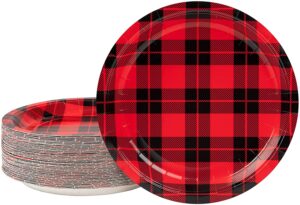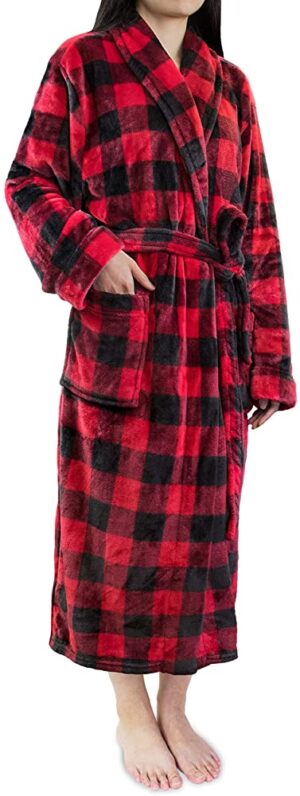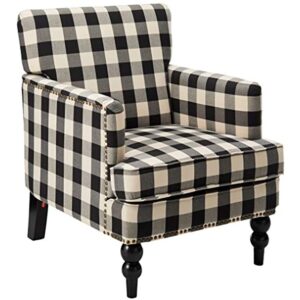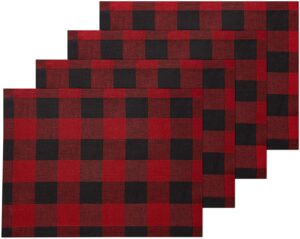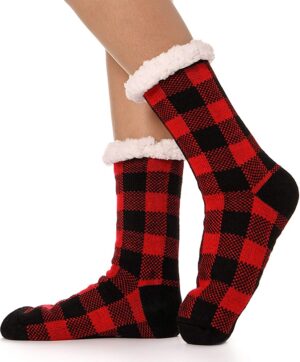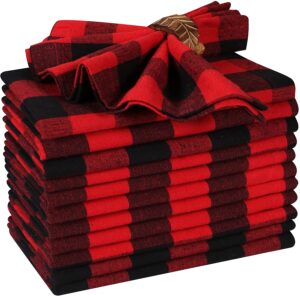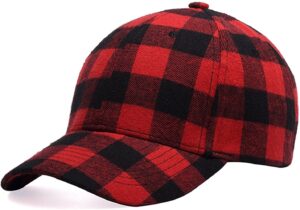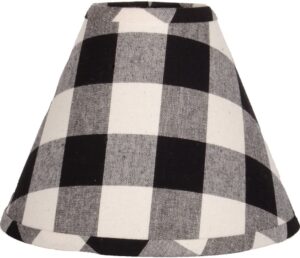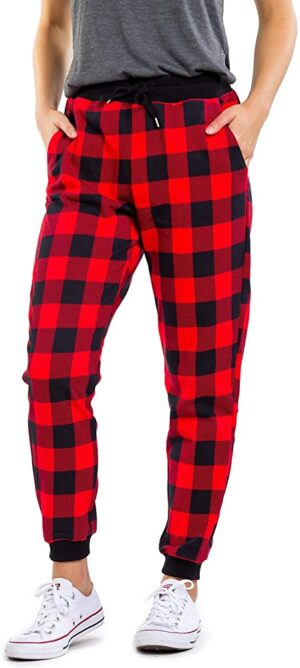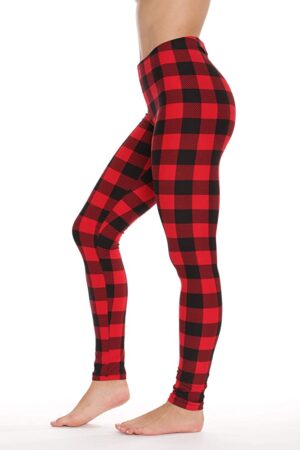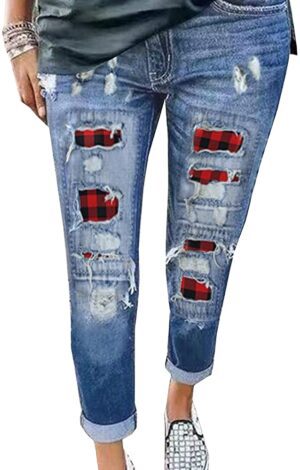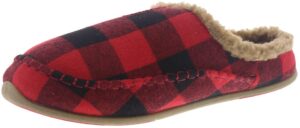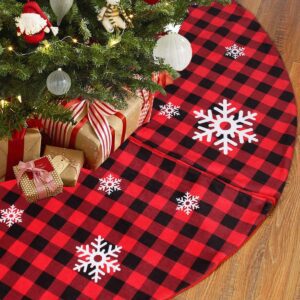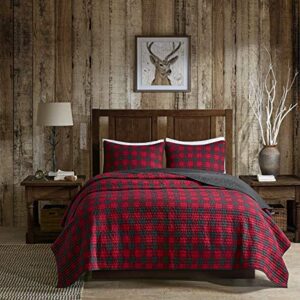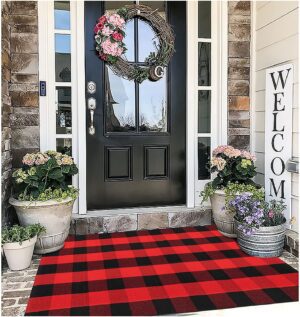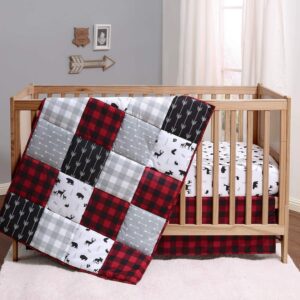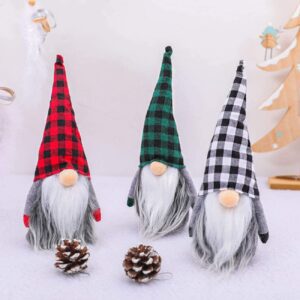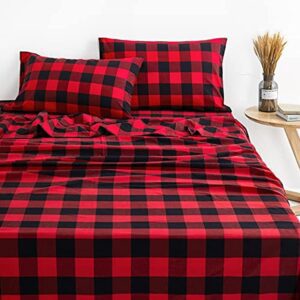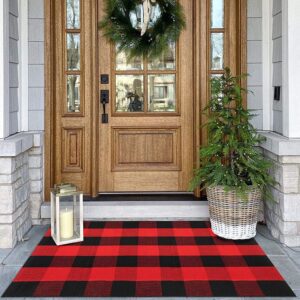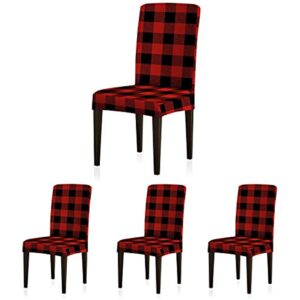Factors to Consider When Choosing a Table Runner
To choose the right table runner for your table, you need to consider several important factors. These include the type of table you have, the occasion for which the runner is intended, its style and design, as well as the material it is made of, and the maintenance required. By examining each of these sub-sections in detail, you can identify the ideal table runner for your needs.
Type of Table
When selecting a table runner, consider the surface it will be placed on. Round, rectangular, or square tables can all require different styles. Also, take into account the height and width of the table.
Choose the texture, color, and design of the runner according to the type of table. Enhance Your Dining Table, but don’t overpower it. For example, if your table is already patterned or brightly colored, go for a simple design.

Go for subtlety when deciding between matching and contrasting runners. Use a complementary color or similar design to bring balance and harmony to the space. Don’t use plain colors that don’t show your personality. Instead, opt for a runner that expresses your individuality.
Occasion
Table runners vary, based on the occasion. For formal events, satin, lace or embellished runners are best. For casual gatherings, burlap or cotton with bright colors and prints works well.
Think about the colors and theme of your table setting. The table runner you choose can make or break the atmosphere, so be sure to take time selecting one that matches your décor.
Style and Design
When selecting a table runner, nuances come into play. Designs vary – from simple geometrics to intricate florals. The right pattern can create an inviting atmosphere. Match or contrast colors for a cohesive look. Also, reflect the tone for different occasions. Beyond traditional motifs, fabrics such as linen, silk, cotton, and burlaps add texture. Combining textures within similar tonal palettes adds layers for a striking effect.
Selecting your preferred style is subjective. Consider fabric quality, décor style, and relevance to create satisfaction with your customized tablescape. Discover Table Runner Designs to find the perfect fit for your taste.
Material and Maintenance
Table runners are a must-have for any table setting. When picking the right one, think about what type of material you want and how much maintenance it needs.
Fabric choice depends on the occasion. For instance, cotton or linen is great for everyday use, while silk or satin looks luxurious for formal events. Pick something durable that can handle frequent washes and wear.
Maintenance is key for table runners. Treat them with care depending on the material. Avoid bleach and harsh detergents to keep it looking good and lasting longer.
Size matters too. Get one that’s the right length and width so you don’t have trouble arranging decor or place settings.
Think carefully about material and maintenance for a table runner that looks great and stands the test of time.
Different Types of Table Runners
To explore the different types of table runners and select the perfect one for your table, dive into the section on “Different Types of Table Runners” in “How to Choose the Right Table Runner for Your Table.” This section includes four sub-sections, each focusing on a specific type of table runner: Fabric, Paper, Vinyl, and Non-traditional.
Fabric Table Runners
| Table runners |
|---|
| Satin or silk for a formal feel |
| Cotton or linen for a more relaxed tone |
| All sorts of colors and patterns are available |
Table runners can be used alone or layered with a tablecloth.
When choosing a table runner, consider the size and shape of your table. Longer runners on rectangular tables, shorter ones on the round. You can add texture with ruffles or embroidery. Get the look that suits you best!
Paper Table Runners
Table runners made from paper are one-of-a-kind! They’re very cheap, so easy to clean, and come in all sorts of styles and sizes. Perfect for indoors and outdoors – from casual get-togethers to fancy events.
Lightweight texture allows for folding, and cutting, without compromising quality. The beauty of paper table runners is in their simplicity. After use, you can just throw them away!
Vinyl Table Runners
Vinyl table runners are popular with homeowners. Made from PVC, they’re durable and easy to clean. Plus, they come in a variety of colours and patterns, so they’ll match almost any decor. They also protect tabletops from damage caused by hot dishes or sharp objects.
Plus, vinyl table runners are lightweight and easy to store. You can roll them up when not in use. Some come with non-slip backing, so they won’t slide off the table during meals.
In short, they’re ideal for those seeking style and practicality. And, they’re affordable! Definitely great value for your money.
Non-traditional Table Runners
Table runners come in all shapes and sizes. From traditional to more unique ones. These non-conventional runners can bring a sense of elegance and personality to any dining experience.
Go for something beyond fabric, like leaves, branches, burlap, or lace, for a table runner. An interesting idea is repurposing old items like vintage scarves and tapestries. It adds a personal touch and creates a feeling of nostalgia.
Let’s explore many creative ways to use non-traditional table runners. Change it up, to make a simple meal into a fancy one. Experiment with materials to create a unique setting that reflects your individual style.
Choosing the Right Size Table Runner
To choose the right size table runner for your table determine the length of the table runner and calculate the width of the table runner as a solution.
Determining the Length of the Table Runner
Measuring your tabletop is the first step for selecting an appropriate table runner length. Aim for 10-12 inches of overhang at each end for a proportionate, elegant look. Ensure the runner doesn’t hang over the edges – otherwise, it could be a tripping hazard or block people from comfortably pulling chairs towards it. Remember to check the table width too.
Flexibility in draping is key when choosing a longer runner or multiple runners. You could go for different lengths and colors for a unique look. Short runners are great for narrow banquet tables side by side or to add patterns with placemats.
Knowing how to pick the right size table runner is essential for an organized, polished effect.
Calculating the Width of the Table Runner
To pick the right width for your table runner, look at your table’s size. The runner should be at least six inches wider than the table on either side. For example, if your table is thirty-six inches wide, you need a forty-eight-inch runner.
That way, people can enjoy the runner’s texture and design. Plus, if you’re putting decorations or dishes on it, you may need to make the runner wider.
Think about whether you want the runner to hang over the edges or finish flush with them. That will decide how much fabric and length you need.
Choosing the right size for your table runner creates a good balance between function and style. It not only protects furniture but also adds charm to the dining experience. So, it’s a great way to surprise your guests with a beautiful meal atmosphere.
Coordinating Table Runners with Table Settings
To coordinate table runners with table settings, you need the perfect solution to choosing the right table runner. With “Matching Colors and Patterns,” “Complementing Centerpieces and Decorations,” and “Balancing the Look of the Table” as your options, you can ensure a seamless and stylish table setting that both complements and enhances the overall decor.
Matching Colors and Patterns
Matching Table Runners with Dishware
When setting a table, it’s essential to make sure the table runner design coordinates with the dishes. This involves matching patterns and colors for a great dining experience.
Here are four tips:
| Color scheme | Pick colors that fit the theme of your dining area. For instance, if your dishes are blue and white, select a table runner with similar shades of blue. |
|---|---|
| Contrast | Matching colors is essential, but adding contrast can elevate the look. Try pairing a bright table runner with neutral dishes or the other way around. |
| Size and shape | Select the right size and shape for your table runner according to the size and shape of your table. A larger rectangular table would require a longer rectangular runner. Circular or square-shaped tables need runners appropriate for their size. |
| Texture | Mixing textures can add depth. Pair a textured runner with smooth dinner plates for visual interest. |
Keep these points in mind when choosing the perfect table runner for your dinner party. Make sure to consider any potential comfort issues for guests (e.g., rough burlap might be too scratchy). Every detail matters when creating an inviting atmosphere at the dinner table.
Complementing Centerpieces and Decorations
Table settings for any occasion need centerpieces and decorations for the perfect look. Match these items with appropriate table runners for the best aesthetic outcome.
Think about the color scheme or theme of the event when selecting centerpieces/decorations. Complementary colors and patterns make an eye-catching impact. Also, consider the shape and size of the centerpiece when choosing a runner. A longer runner may be needed with bigger centerpieces.
For a modern look, use solid-colored runners to match the decor. Alternatively, patterned runners add visual interest. Don’t forget about texture! Different textures from the centerpieces, decorations, and runners add depth.
For a fully immersive experience, including small touches like matching napkins/place cards. This completes the table setting for your guests.
Balancing the Look of the Table
A harmonized and cohesive table setting creates a lasting effect on guests. Balance the colors, design, and tableware for an aesthetically coordinated atmosphere. Table runners give you contrast and richness. Find tableware that harmonizes with the runner for a polished look.
Also, consider the texture of other textile elements such as napkins and placemats. All these details make a difference in creating a coordinated aesthetic. Impress your guests and make fond memories with a well-coordinated setting. Complete Your Dining Decor with the perfect table runner.
Tips for Maintaining and Cleaning Table Runners
To maintain and clean your table runners for long-term use, you need to know the right ways. Store them, clean them regularly, and iron and fold them properly. Let’s dive into these sub-sections and explore how each one can contribute to the longevity and cleanliness of your table runners.
Storing Table Runners
It’s crucial to store your table runners correctly, for their longevity. Here are some tips to help you!
- Ensure they’re clean and dry before storing.
- Use acid-free tissue paper or white cotton fabric to wrap them up gently.
- Don’t overcrowd the storage space. Give each piece plenty of room.
Also, keep them away from direct sunlight and heat sources. Don’t use mothballs either, as these can discolor and harm the material.
By following these tips, you can keep your table runners in great condition for years!
Cleaning Table Runners
Table runners add a touch of beauty to any dining area and protect tables from spills and stains. To keep them looking their best, cleaning is essential! Here’s a 5-step guide:
| Step | Instructions |
|---|---|
| 1 | Vacuum. Get rid of any dirt or dust. |
| 2 | Spot clean. Use a gentle fabric cleaner and blot away stains. |
| 3 | Machine wash. If possible, use a gentle cycle with cold water and mild detergent. |
| 4 | Air dry. Hang the runner or lay it flat on a towel. Avoid high heat or tumble drying. |
| 5 | Iron. Set the warm iron to low and remove wrinkles, if required. |
Always read the care instructions before you start! Also, don’t leave table runners in direct sunlight for too long, as this can cause color fading and reduce their lifespan. With these tips, table runners will look stunning for years! No need for professional cleaning services.
Ironing and Folding Table Runners
Upholding the aesthetic value of table runners is key. To keep them wrinkle-free and neat, follow these steps:
- Iron: Use a steam iron. Start with the underside, pull it taut, and don’t stay too long in one area.
- Check Fabric: Read the care label and set the iron to recommended fabric setting.
- Fold: After ironing, fold lengthwise edges towards each other. Then press down the crease. Fold again in half by bringing both edges together firmly.
- Fit It In Storage Container: Depending on size, fold it in thirds before placing it in a storage basket or drawer.
- Repeat Regularly: Do this after every use and make sure to have enough space for storage.
Allow table runners to dry first before folding or ironing. With these tips, you can keep a crisp-looking table runner all year round!
Conclusion: Making the Final Decision on Your Table Runner Choice.
When selecting the perfect table runner, keep in mind size, material, color, occasion, and preferences. Here are some tips:
- Size: Pick a table runner that fits the table and leaves space for centerpieces.
- Material: Cotton, linen, silk, or lace depending on the event.
- Color Scheme: Choose one that matches the tableware and decor.
- Occasion: Seasonal runners for holidays, neutral for formal, and bright for casual.
- Preferences: Pick something with your own style!
Remember, the table runner should be both beautiful and practical to protect the table from scratches and spills.
Frequently Asked Questions
Q: What should I consider when choosing a table runner for my table?
A: Consider the size and shape of your table, the overall style and theme of your home decor, the material and durability of the table runner, and any specific occasions or events you plan to use the table runner for.
Q: What size table runner should I choose?
A: The size of the table runner should be proportional to the size of your table. A general guideline is to choose a runner that is one-third the width of your table and hangs over the edges by six to twelve inches on either side.
Q: What materials are common for table runners?
A: Some common materials for table runners include cotton, linen, silk, satin, and polyester. Each material has its unique look and feel, as well as advantages and disadvantages in terms of durability and ease of maintenance.
Q: What are the different styles of table runners?
A: Table runners come in a wide range of styles, from traditional to modern, rustic to elegant, and everything in between. Some popular styles include solid colors, stripes, florals, plaids, and geometric patterns.
Q: Should I choose a table runner that matches my tablecloth or contrasts with it?
A: It ultimately depends on your personal preference and the style you want to achieve. Matching the table runner with the tablecloth will create a cohesive look, while choosing a contrasting table runner can add visual interest and depth to the table setting.
Q: How do I care for my table runner?
A: The care instructions for your table runner will depend on the material it is made of. Generally, most runners can be machine washed and dried on a gentle cycle, while some may require hand washing and air-drying. Be sure to check the care label on your runner before washing.



